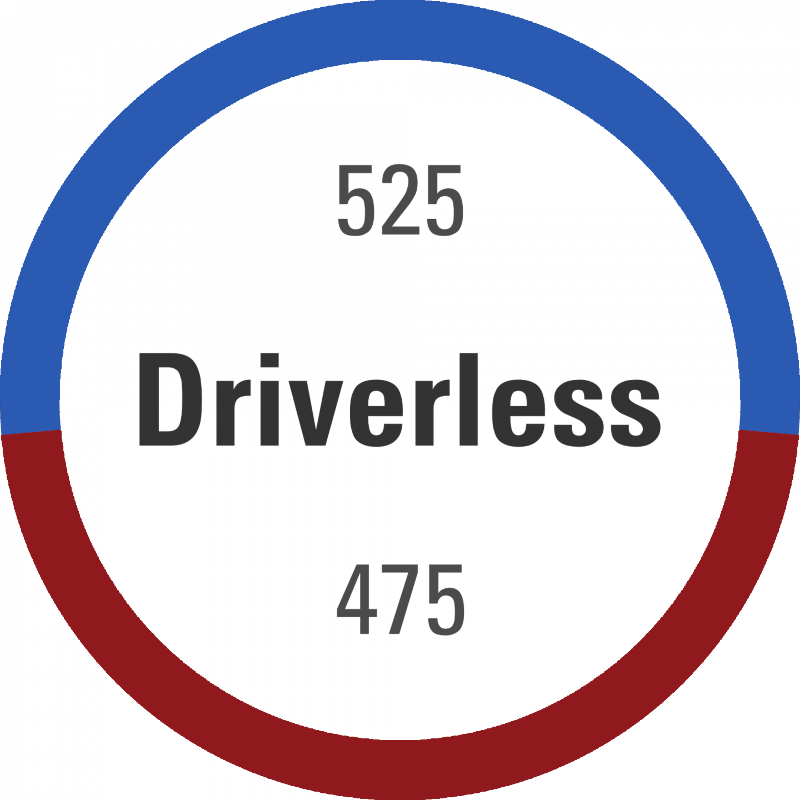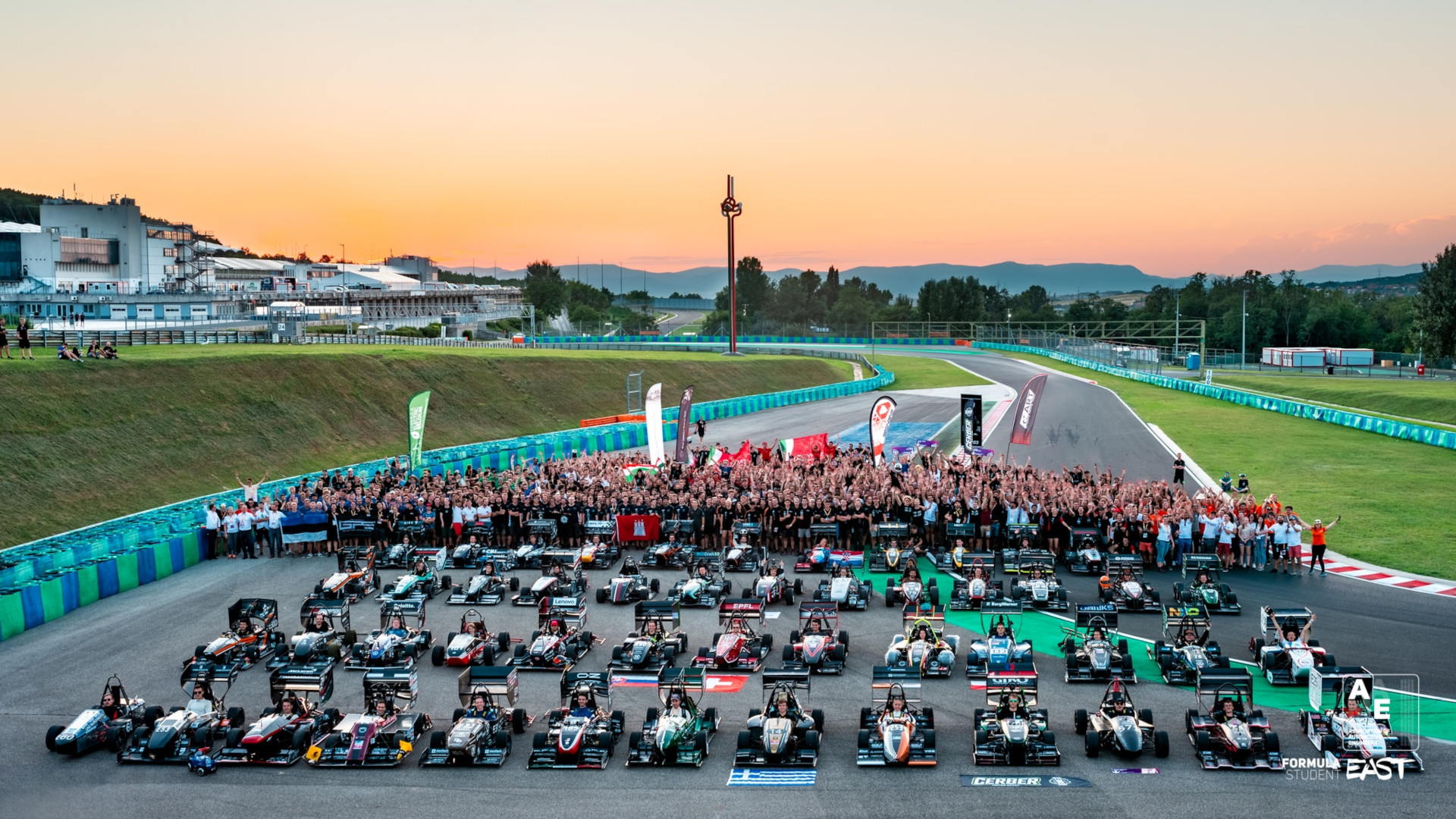Formula Student - Young talents work interdisciplinary on a joint project

dynamic disciplines
static disciplines

Dynamic disciplines
Endurance (Electric only, max. 325 points)
In the Endurance race, the most points of the competition are given. The longevity of the vehicles in particular is to be put to the test over a distance of 22 kilometers. After half of the distance, a driver change takes place. For safety reasons, overtaking is only allowed in specially marked zones if the slower vehicle has been shown the blue flag beforehand. In addition, there are only about 5 vehicles on the track and only the time driven over the entire race distance, but not the position, is taken into account in the scoring.
Efficiency (max. 100 points)
Following the Endurance, the energy consumption of the race cars is calculated. The vehicle with the lowest consumption receives the maximum number of points in this discipline.
Autocross (max. 100 points)
The track at the autocross is around 800m long and includes different types of turns and straights to test the vehicles in as many situations as possible. Each team has two different drivers compete, each having two attempts. The best time of each team is scored.
Acceleration (max. 75 points)
In the acceleration race, the car must reach the finish line, which is 75m away, as quickly as possible from a standing start. Two drivers from each team compete with as many attempts. The fastest time is counted.
Skid Pad (max. 75 points)
The aim of the Skid Pad is to drive as fast as possible through a figure eight consisting of two concentric circles. The inner radius is 15.25m and the lane is 3m wide. Each team provides two drivers, who have two attempts each. The fastest time is taken into account in the scoring.
Trackdrive (Driverless only) (max. 250 points)
The so-called track drive forms the circuit for the driverless vehicles. Here, 10 laps of approx. 500m each must be completed fully autonomously. The car must recognize when it has completed the 10 laps and come to a standstill on its own.
Static disciplines
Engineering Design Event (Electric max. 150 points/ Driverless max. 325 points)
At the Engineering Design Event, an expert jury from motorsport and the automotive industry is presented with the engineering principles on which the decision in favor of certain concepts was made. In the Driverless competition, the autonomous systems including software, actuators and sensors are evaluated in addition to the vehicle.
Cost Event (max. 100 points)
In this discipline, the judges examine the extent to which the team invests the available budget in a targeted manner. The costs of all parts used in the vehicle must be disclosed. For example, it often makes sense to develop and manufacture components in-house instead of relying on expensive purchased parts. It is important that the costs are in relation to the technical benefits.
Business Plan Presentation (max. 75 points)
The business presentation is intended to convince fictitious investors, in the person of jurors, to invest money in a company that manufactures the racing car in small series. After the ten-minute presentation, the jury asks questions about the presented business concept.



